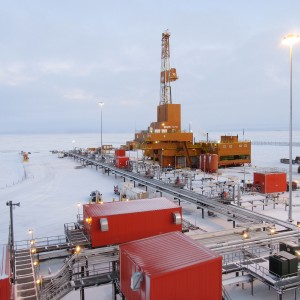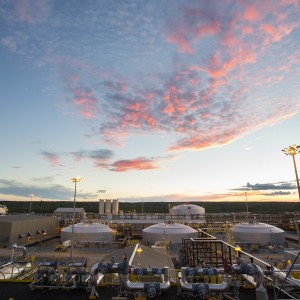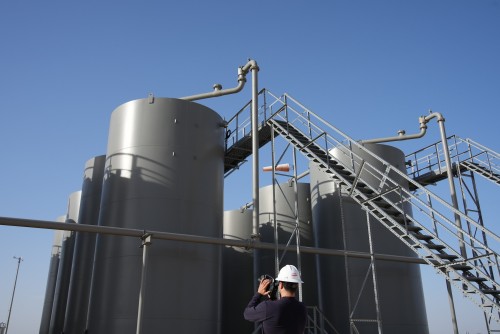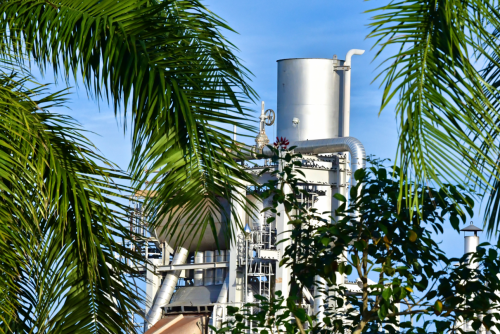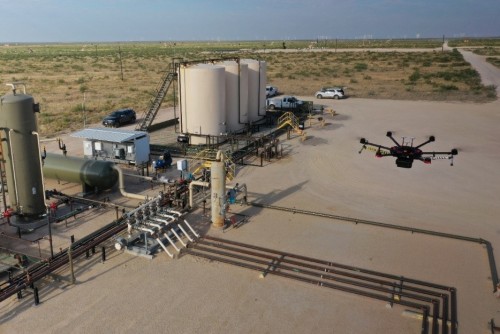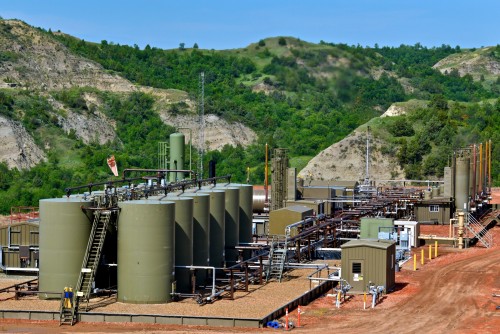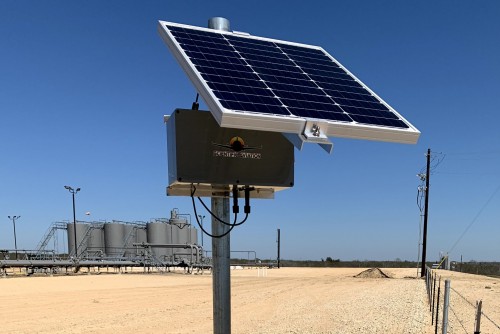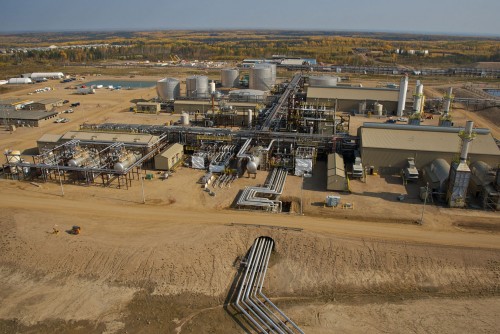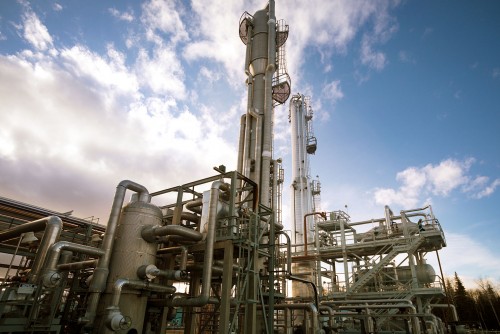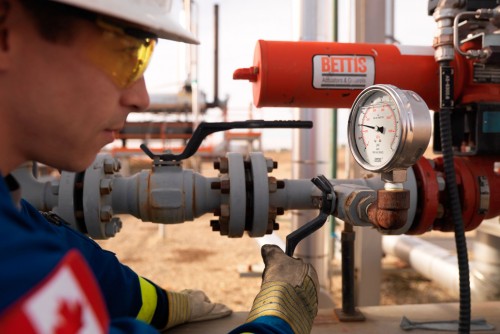Performance Metrics and Targets

- GHG emissions intensity target.
- Scope 1 and Scope 2 emissions.
- Metrics for methane, flaring and water.
- Internal proxy GHG pricing and the financial impact of existing GHG pricing on our businesses across the globe.
We believe these metrics and targets are the most useful in managing climate-related risks and opportunities and monitoring performance. Highlights of our 2021 performance compared to 2020 (on a gross operated basis) include:
- Scope 1 and 2 GHG emissions intensity declined 22% to 26.9kg CO2e/BOE.
- Methane intensity declined 24% to 2.6kg CO2e/BOE.
- Flaring intensity declined 8% to 1.81% (total flaring volume as a percent of gas produced).
While our intensity metrics show an improvement in the carbon efficiency of our production, our absolute emissions increased to 18.7 million tonnes CO2e, primarily driven by the acquisition of additional Permian assets.
We have also committed to near-, medium- and long-term targets for reducing operational (Scope 1 and 2) emissions over which the company has ownership and control. These targets include:
- Achieving our stated ambition to become a net-zero company for Scope 1 and 2 emissions by 2050.
- Strengthening our previously announced operational GHG emissions intensity reduction target to 40-50% by 2030 and expanding it to apply to both a gross operated and net equity basis to ensure active engagement in our non-operated investments.
- Meeting a further 10% reduction target for methane emissions intensity by 2025 from our 2019 baseline, building upon the 65% reduction we have made since 2015.
- Achieving near-zero methane emissions intensity by 2030.
- Achieving a target of zero routine flaring by 2025, five years sooner than the World Bank initiative’s goal of 2030.
Key Content Links
Our Performance Metrics section provides the metrics included in this section in tabular format.
Our metrics are also linked to key frameworks such as SASB, GRI/IPIECA/UNGP, and TCFD.
